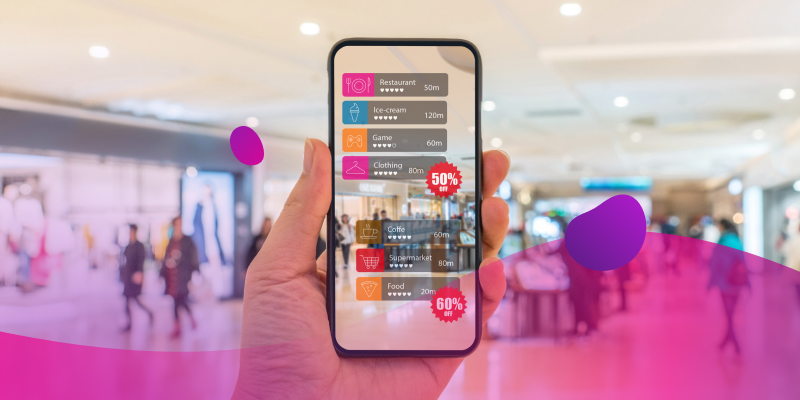Creative automation platforms help marketing teams do more with less—simplifying production, reducing manual tasks, and delivering content that resonates. But not every platform fits every business. Choosing the right one depends on your current workflow, your goals, and how you plan to scale.
Key Considerations When Choosing a Creative Automation Platform
Choosing the right creative automation platform starts with knowing what matters most—scalability, integration, performance, and alignment with your content goals. Use these criteria to evaluate platforms and find one that supports your team’s workflow while driving personalization and efficiency at scale.
1. Your Business Needs and Goals
What do you want your creative automation platform to achieve? For some teams, the priority is reducing production bottlenecks. Others are focused on building consistent, personalized content at scale.
Common goals include:
- Automating time-consuming content production workflows
- Increasing productivity by saving time on routine tasks
- Maintaining brand consistency across campaigns
- Personalizing content to improve engagement
These goals often overlap, and the right platform should be able to support multiple objectives at once. For example, automating workflows shouldn’t come at the expense of content quality, and personalizing content should be manageable without adding complexity to your process.
If you’re like most companies and manage campaigns across multiple channels (such as video, website, social, and display) and looking to streamline your full omnichannel content lifecycle, look for an all-in-one creative automation platform with dynamic content orchestration capabilities.
2. Scalability That Grows with You
Your creative automation platform should support you today—and tomorrow. Scalability means being able to increase output, add complexity, and enter new channels without needing to rebuild your workflows from scratch or double your headcount.
Here’s what to look for in a truly scalable platform:
- Modular content structure: Look for a system that uses atomic content, including mix-and-match assets such as headlines, CTAs, backgrounds, and images. This lets you build countless content variations from a single set of building blocks—without starting from scratch every time.
- Data-powered automation: As your personalization strategy grows, your platform should scale with it. Built-in logic and automation should help you dynamically tailor messages at scale without relying on manual work.
- Multichannel flexibility: The right platform will help you deploy creative across static and dynamic formats—think web, email, mobile apps, social, display, and even in-store screens—all from a centralized hub. No channel left behind!
3. Integration with Your Existing Tech Stack & Data
A creative automation platform shouldn’t live in a silo—but it also shouldn’t require you to rebuild your tech stack from scratch. The best platforms leverage the tools your team relies on every day and unlock the full value of the customer data you’ve already worked hard to collect.
Many organizations still struggle to connect creative production with the rich customer data living in customer relationship management (CRM) systems, customer data platforms, and analytics platforms. The right automation platform changes that, bringing these data sources together to trigger smarter, faster decisions at scale.
Look for platforms that integrate seamlessly with:
- CRM systems
- Email and messaging platforms
- Advertising tools
- Content management systems
Strong integration eliminates bottlenecks between systems, automates more of the execution process, and empowers your team to create dynamic content that adapts in real time.
4. Built-In Analytics and Performance Tracking
Automation is only valuable if it leads to better outcomes. That’s why performance tracking should be baked into any platform you consider.
Key capabilities to look for include:
- Real-time engagement data (e.g., clicks, views, shares)
- Conversion tracking and revenue attribution
- Content performance comparisons across formats and channels
- AI-powered recommendations to optimize content delivery
Data-driven insights help your team move beyond guesswork. With the right analytics, you can test content variations, identify top performers, and continuously improve creative strategies. Over time, this visibility helps teams make smarter creative decisions—and demonstrate the real impact of their content efforts.
Choose a Platform That Scales, Integrates, and Delivers Results
The right creative automation platform should align with your business goals, integrate smoothly with your tech stack, and provide scalability and analytics for continuous improvement. Choosing well can lead to better efficiency, stronger engagement, and measurable ROI.
Wondering what that looks like in action?
Innervate’s creative automation solution is a core component of our larger Dynamic Content Orchestration Platform—designed to help you scale personalization, streamline production, and deliver dynamic content across every channel. Explore how our platform can transform your end-to-end content strategy, from creation to optimization.




